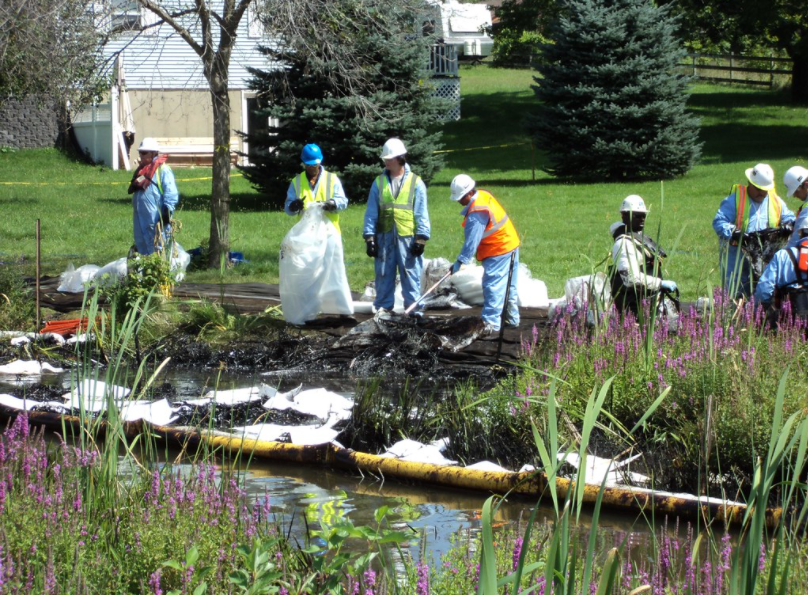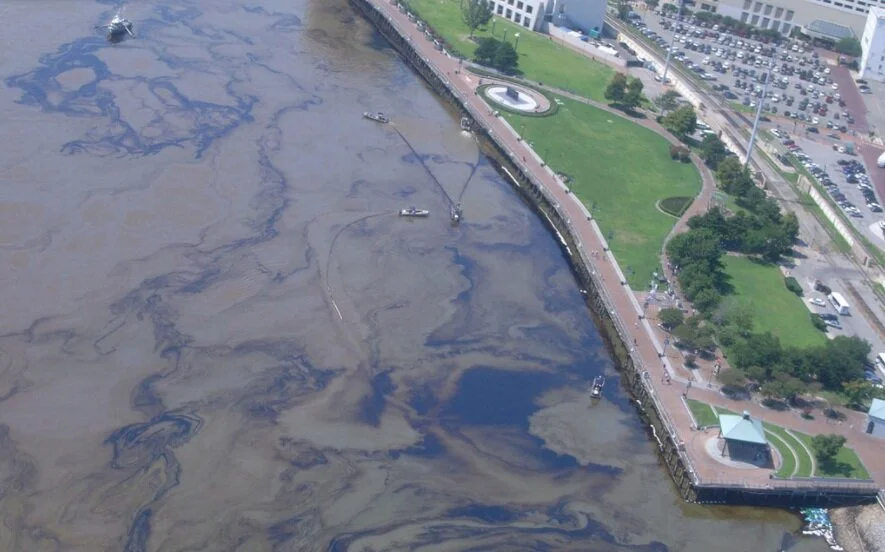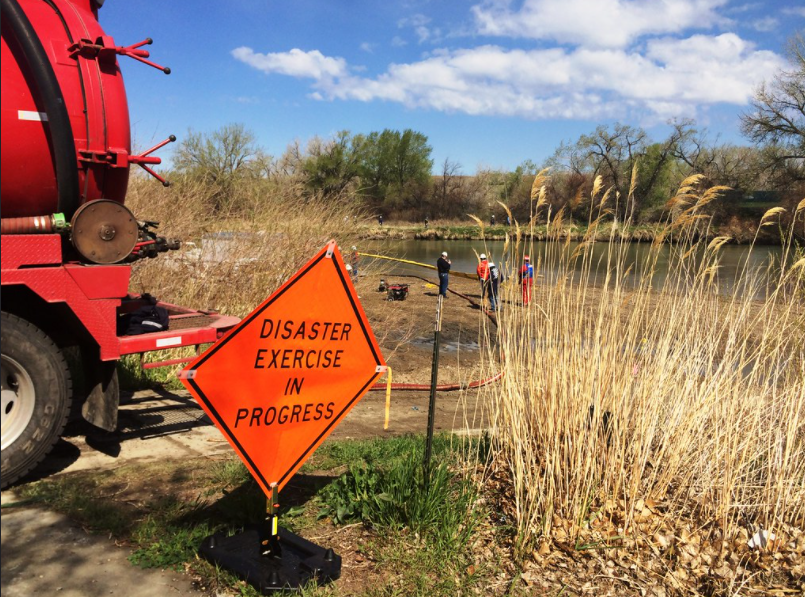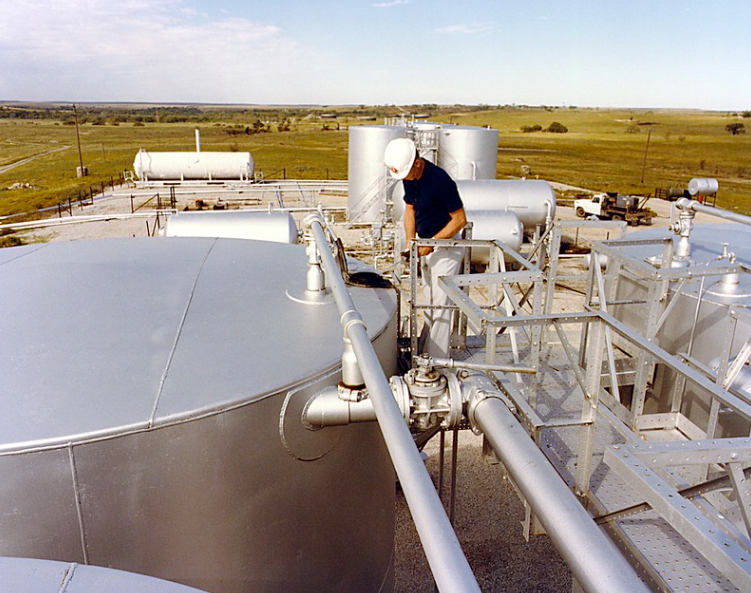SPILL PREVENTION CONTROL AND COUNTERMEASURES (SPCC) WORKSHOP
This is NOT an SPCC Plan!
Part of the Clean Water Act, the Oil Pollution Prevention (OPP) standards at 40 CFR 112 require certain facilities to develop a plan “to prevent the discharge of oil from non-transportation-related, onshore and offshore facilities into or upon the navigable waters of the United States or adjoining shorelines.”[40 CFR 112.1(a)(1)]
A Spill Prevention, Control, and Countermeasure Plan (SPCC Plan) will detail the equipment, personnel, procedures, and steps a facility will take to control and counter discharges of oil to the environment.
However your SPCC plan should PREVENT the spill so you never need to respond. DO you have a response plan or a PREVENTION plan, remember it is call a Spill PREVENTION, Control and Countermeasures Plan.
Which oils are regulated under CWA?
Oil means oil of any kind or in any form, including, but not limited to: fats, oils, or greases of animal, fish, or marine mammal origin; vegetable oils, including oils from seeds, nuts, fruits, or kernels; and, other oils and greases, including petroleum, fuel oil, sludge, synthetic oils, mineral oils, oil refuse, or oil mixed with wastes other than dredged spoil. [40 CFR 112.2]
Does my facility need an SPCC Plan?
SPCC plans are required for facilities that store, drill for, produce, gather, process, refine, transfer, distribute or otherwise use oil, and from which a release could reach the waters of the United States. [40 CFR 112.3]
Facilities covered under the SPCC program must meet one of the following conditions:
More than 42,000 underground storage capacity; or
More than 1,320 above ground storage capacity, including containers greater than OR equal to 55 gallons.
EPA’s SPCC requirements are based on CAPACITY not how many gallons of oil you store daily. If you have two 1000 gallon tanks but only keep them 1/2 filled, your CAPACITY is 2000 gallons and you need an SPCC plan.
Does my facility need a Facility Response Plan (FRP)?
When was the last time you exercised your FRP?
When US EPA shows up will your team be ready!
EPA requires a Facility Response Plan (FRP) for any facility that could reasonably be expected to have a release of oil to the navigable waters of the United States that might cause substantial harm to the environment. A Facility Response Plan is required when any one of the following conditions is true:
Your facility transfers oil over water to or from vessels and has a total oil storage capacity greater than or equal to 42,000 gallons. OR
The facility has a total oil storage capacity of at least 1 million U.S. gallons, AND at least one of the following is true:
The facility does not have secondary containment sufficiently large to contain the capacity of the largest aboveground tank plus sufficient freeboard for precipitation.
The facility is located at a distance such that a discharge could cause injury to fish and wildlife and sensitive environments.
The facility is located such that a discharge would shut down a public drinking water intake.
The facility has had a reportable discharge greater than or equal to 10,000 U.S. gallons in the past 5 years.
Who needs training on the SPCC plan or Facility Response Plan?
If your facility is required to maintain an SPCC Plan, any employee with responsibilities under the plan should be trained to competently and properly carry out their responsibilities identified in your plan.
Depending on your facility, Facility Response Plans (FRPs) may require emergency preparedness exercises, drills, or regular/annual re-training to keep covered employees’ knowledge and skills ready to respond.





